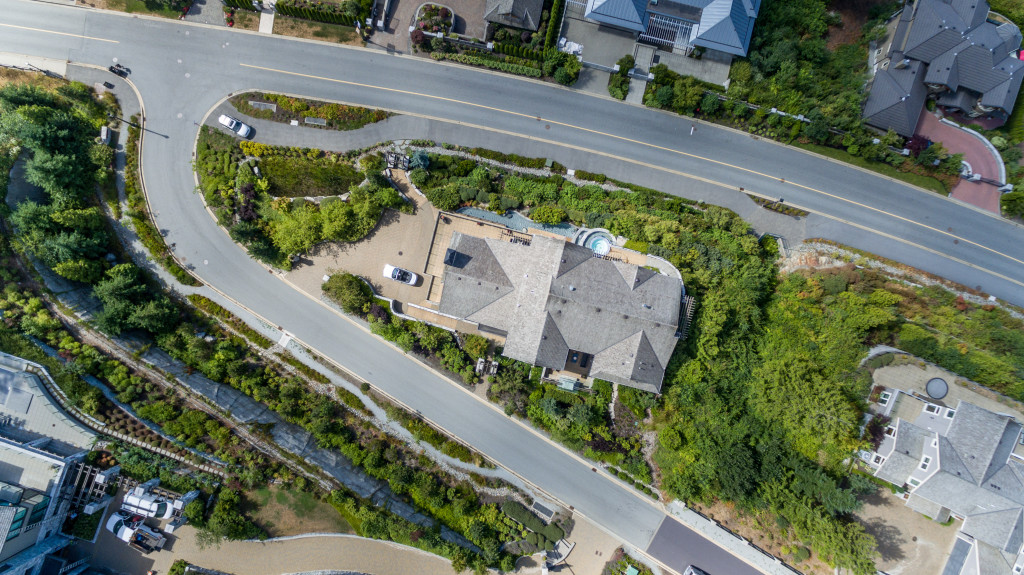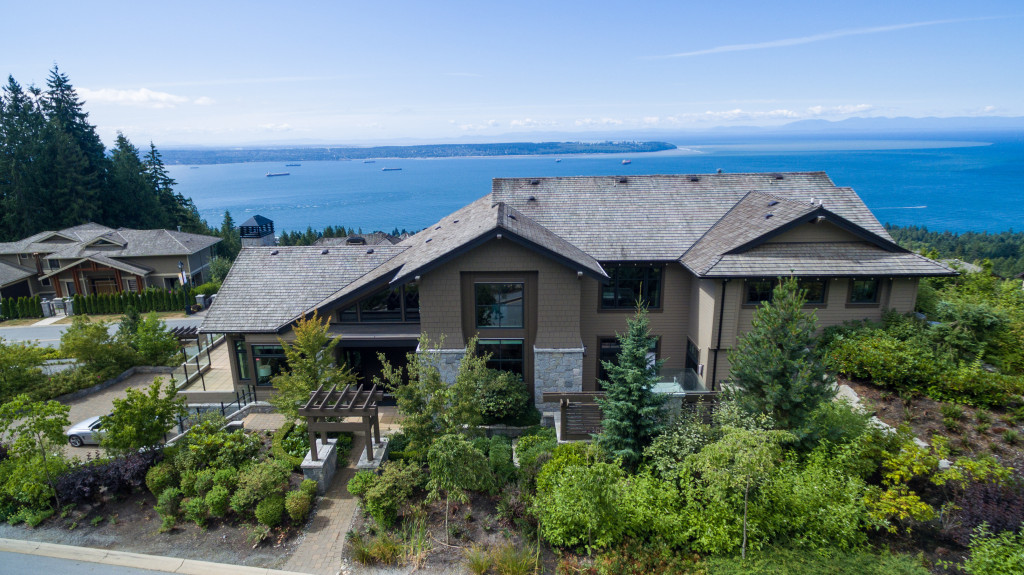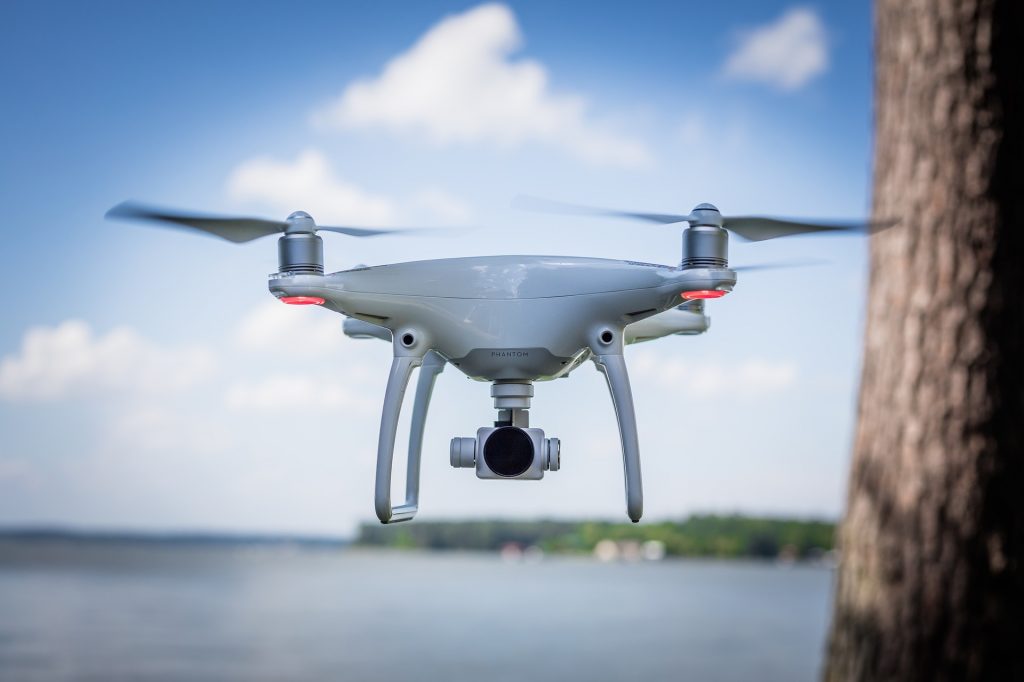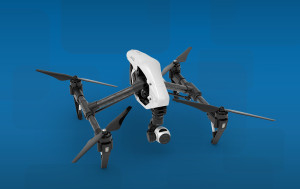The Gritty Details of Commercial UAV Photography
Drones, also known as Unmanned Aerial Vehicles or UAVs, have recently entered the mainstream market in Canada and are now widely used both commercially and recreationally. Commercial drone use is heavily regulated and
compliance is required in order to fly.

Operating a drone means that certain rules and guidelines must be followed to ensure the safety of the team, of the public, and of manned aircraft in the area.
- All drone flights must take place in daylight and in good weather
- Aircraft must remain in Visual Line-of-Site at all times
- Drone operations must be conducted outside of airport airspace, away from populated areas and busy roads, and cannot go higher than 90m vertically
- The privacy of others must be respected
While most of these rules are primarily safety oriented, they may also affect when and how one is able to capture aerial imagery, and may even be prohibitive for certain properties.

Drone-friendly properties:
- View properties with adequate space to fly
- Acreages, farms, and suburban properties
- Larger properties otherwise obscured by trees, or up a steep grade
Properties where drone flight is dangerous or prohibited:
- Densely populated urban areas
- Properties near main roads/thoroughfares, or adjacent to crowded public spaces (parks, schools, etc.)
- Condominiums and apartment buildings
While drones are very easily attainable, acquiring the necessary documentation to legally allow commercial flight is a complicated and time-consuming process. Most drone operations require, at the very least, a Single-Operation Special Flight Operation Certificate, or SFOC – a lengthy document that requires the operator provide evidence of sufficient liability insurance, in-depth knowledge of airspace regulations and meteorology, and in some cases even pilot training. Getting permission can take in excess of 20 days, and getting the green light to fly is contingent on many factors.
Seasoned UAV operators, however, are now able to acquire a “blanket” SFOC, which means they have been vetted by Transport Canada and given the OK to operate without submitting an application every time. A drone operator with a blanket SFOC has aptly demonstrated his or her ability to fly safely and responsibly, and has the necessary experience to ensure the flight goes smoothly.

Making sure the drone operator is in possession of an SFOC certificate is as important for a realtor as it is for the drone pilot. Aside from the skill an experienced drone pilot brings to the capture of imagery, a pilot that is certified is able to operate legally in a commercial capacity. Risk mitigation, emergency management, and insurance coverage are all aspects of UAV operation that have as many implications for the realtor as for the pilot. For these reasons, no UAV should ever leave the ground without a corresponding SFOC in the pilot’s kit, and no realtor should consider hiring a drone pilot without the appropriate documentation.
If you are considering adding drone imagery to help market your listing, here are a few things to consider before moving forward:
- Is the property safe and appropriate for drone flight?
- Is it in a densely populated area, or near crowded public spaces?
- Is it next to a busy street or main thoroughfare?
- Is the weather likely to be clear and calm?
Resources on UAVs and SFOCs:
http://
www.tc.gc.ca/media/documents/ca-standards/Infographic_Permission_to_fly_a_UAV_Print_English.pdf
http://www.ccuvs.com/services/special-flight-operating-certificate/


